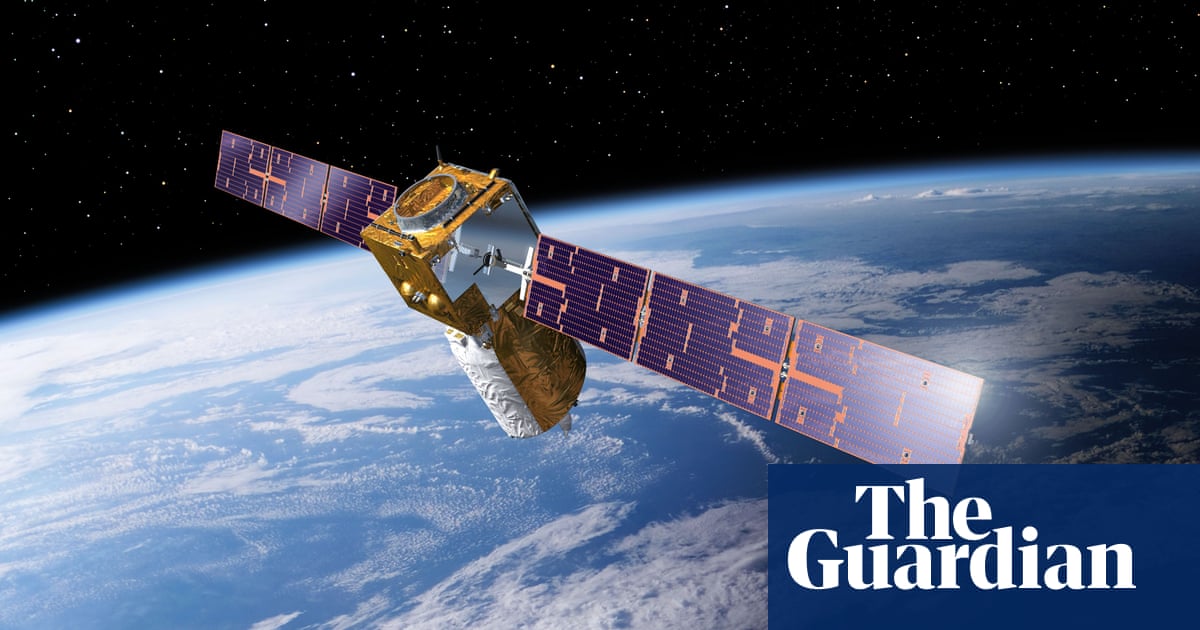
Conservationists are on the hunt for “citizen scientists” to spot walruses from their own home to help track populations of the creatures and give scientists an understanding of how many are left in the wild.
Keen-eyed members of the public are being asked to scour images of the Arctic taken from space for the blubbery mammals and report any sightings to WWF and the British Antarctic Survey, as part of a census of Atlantic walrus and walrus from the Laptev Sea.
It is hoped half a million people worldwide will join the Walrus from Space research project, and look through thousands of high-resolution satellite images – a task too gargantuan for researchers to complete alone.
Despite being an important species in the Arctic ecosystem, little is known about how many walruses exist along remote and largely inaccessible 25,000 sq km (9,650 sq miles) of Arctic coastline – an area larger than Wales.
The project builds on the knowledge of indigenous communities, tracking the effects of global heating on the animals, whose habitat is heating up almost three times faster than the rest of the world, with roughly 13% of summer sea ice disappearing every decade.
Rod Downie, chief polar adviser at WWF, said: “What happens in the Arctic doesn’t stay there; the climate crisis is a global problem, bigger than any person, species or region. Ahead of hosting this year’s global climate summit, the UK must raise its ambition and keep all of its climate promises – for the sake of the walrus, and the world.”
Hannah Cubaynes, a research associate at the British Antarctic Survey, said: “Assessing walrus populations by traditional methods is very difficult as they live in extremely remote areas, spend much of their time on the sea ice and move around a lot. Satellite images can solve this problem as they can survey huge tracts of coastline to assess where walrus are and help us count the ones that we find.
“However, doing that for all the Atlantic and Laptev walrus will take huge amounts of imagery, too much for a single scientist or small team, so we need help from thousands of citizen scientists to help us learn more about this iconic animal.”











